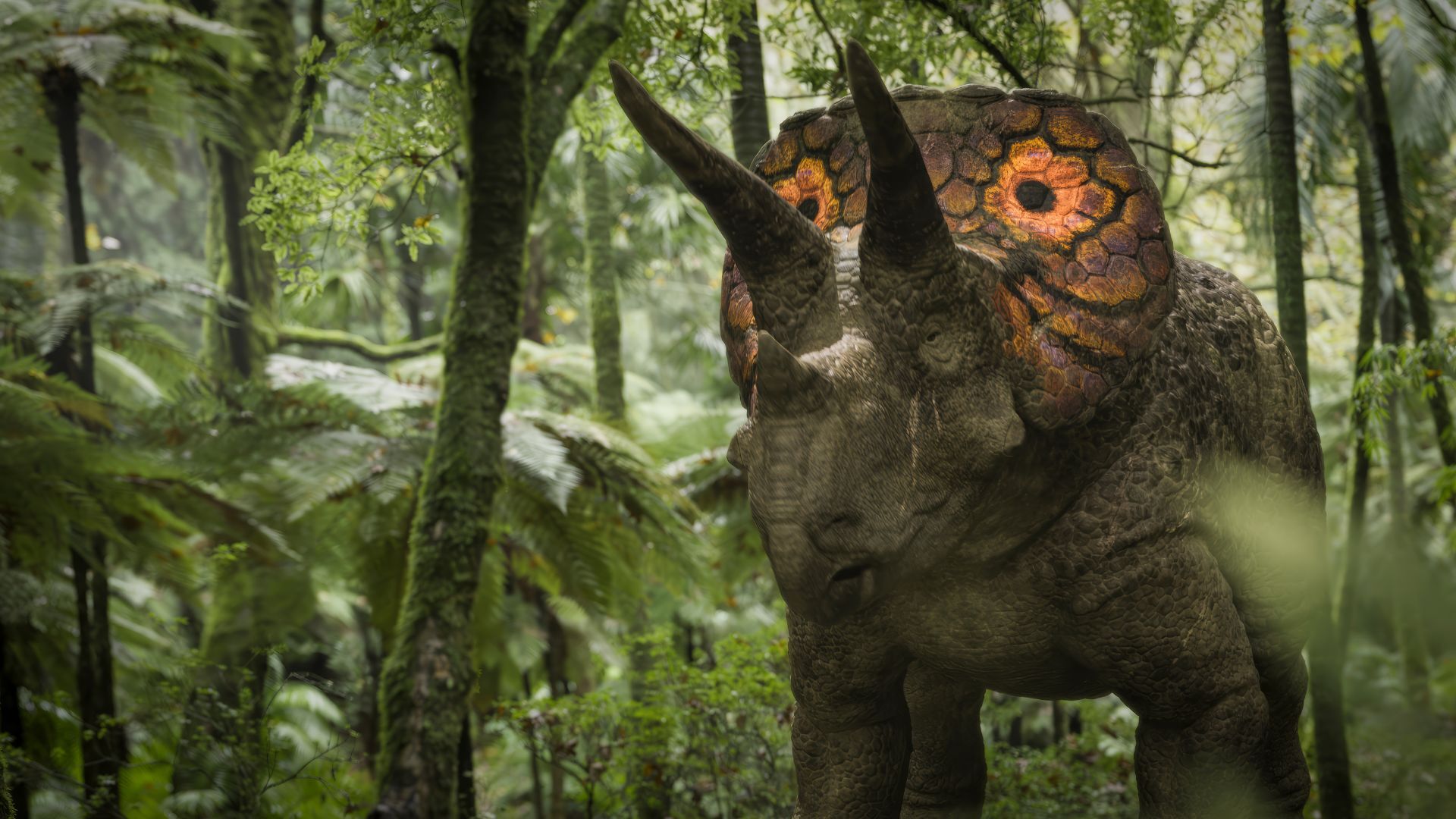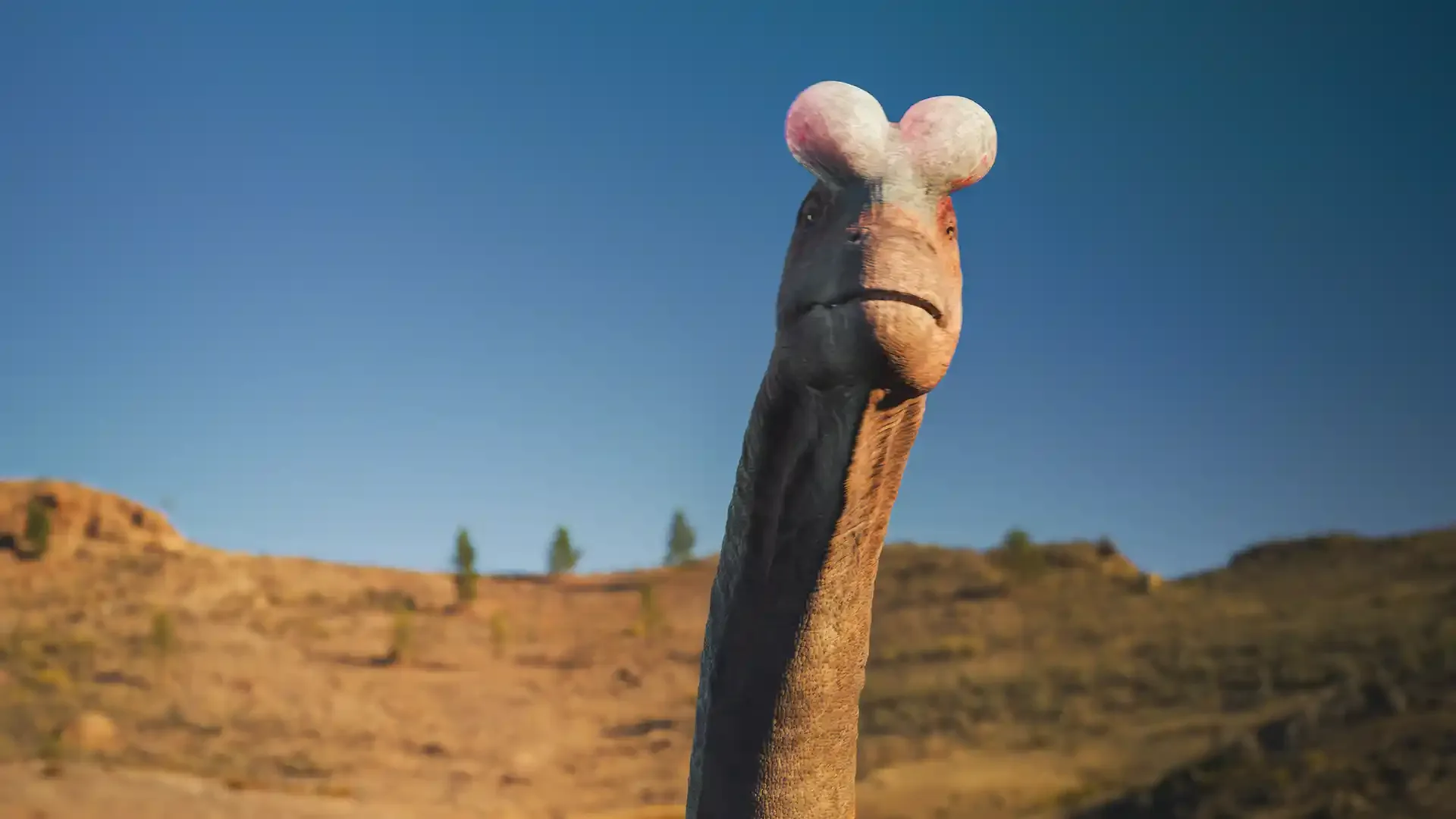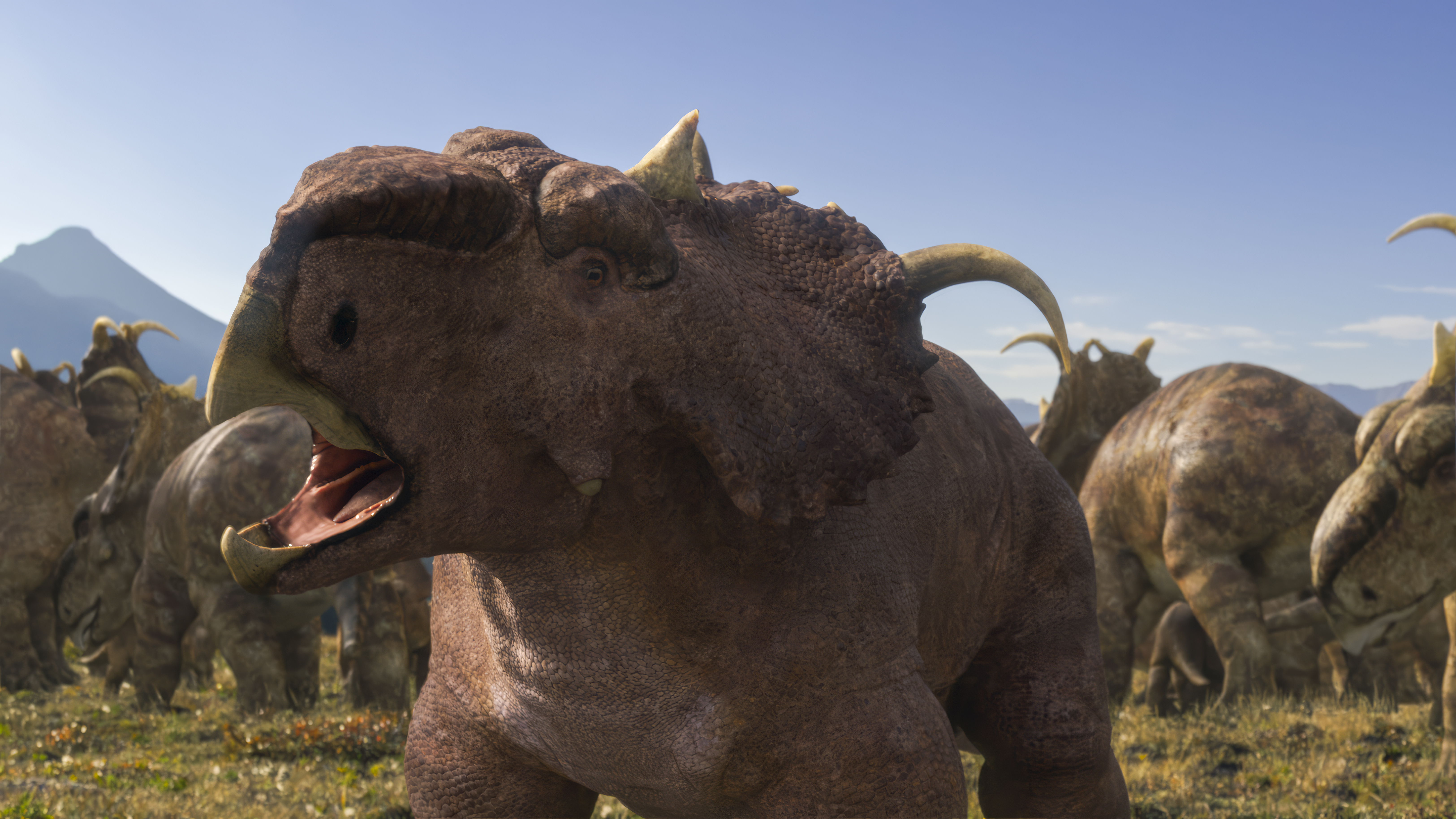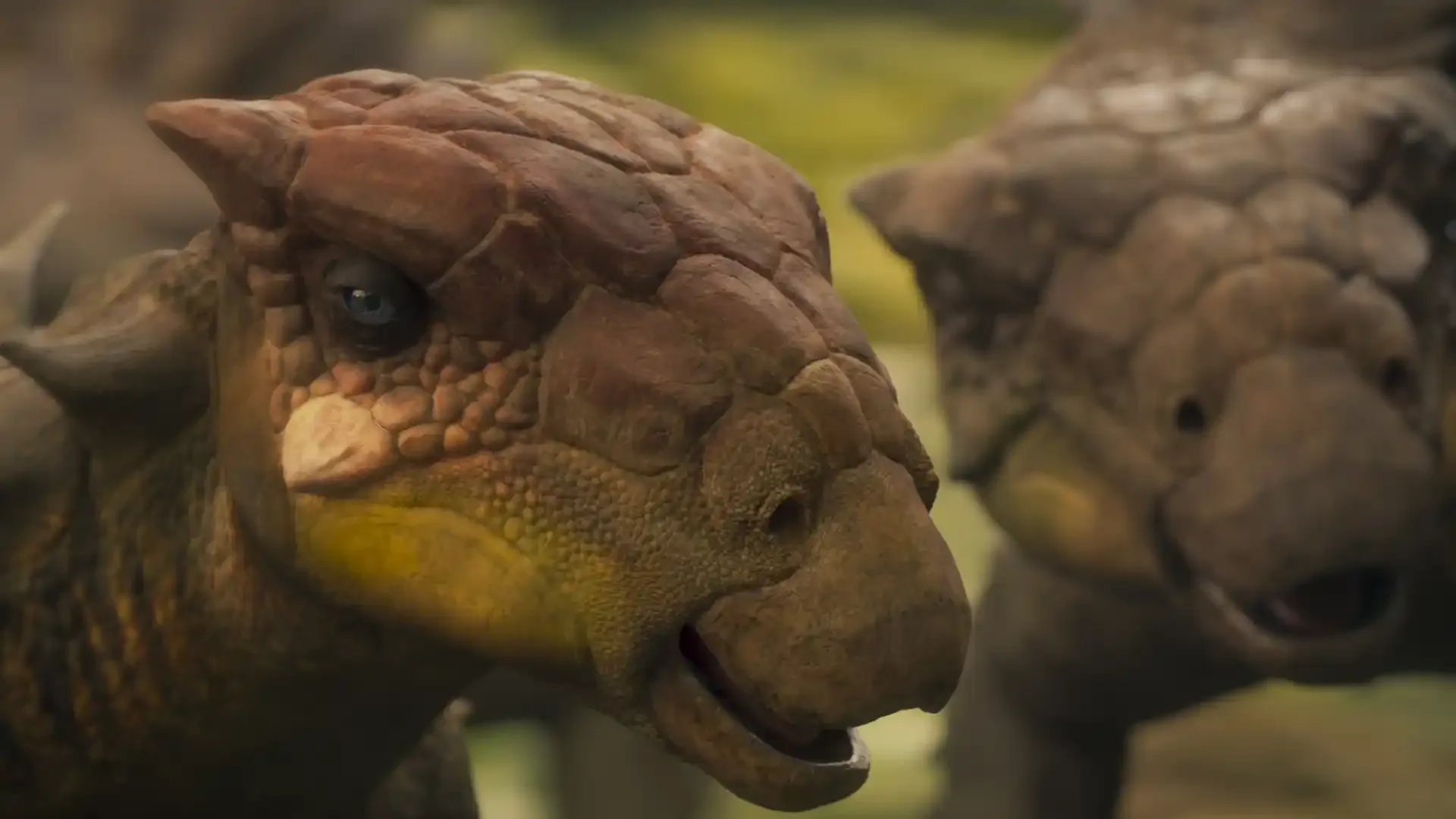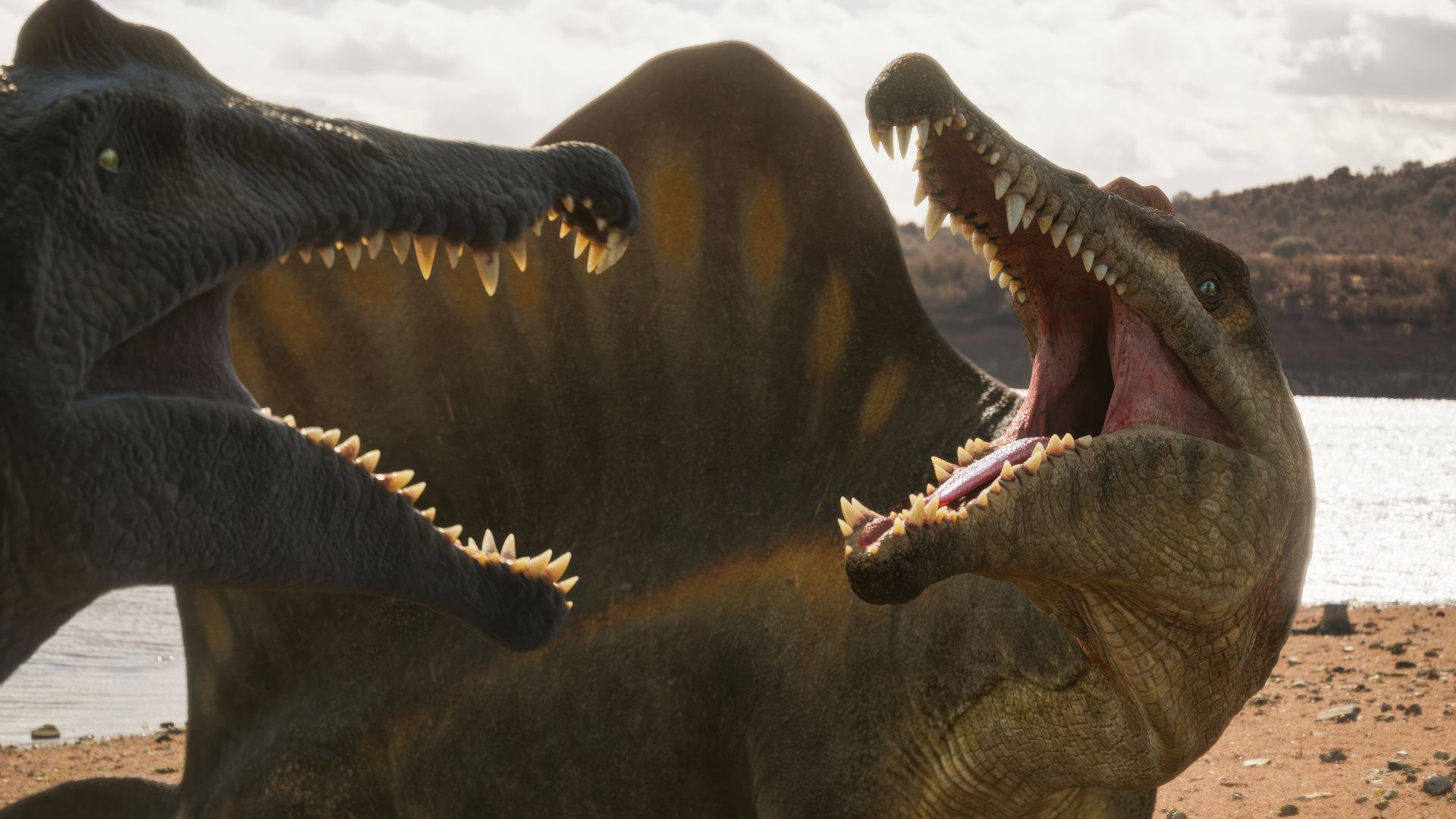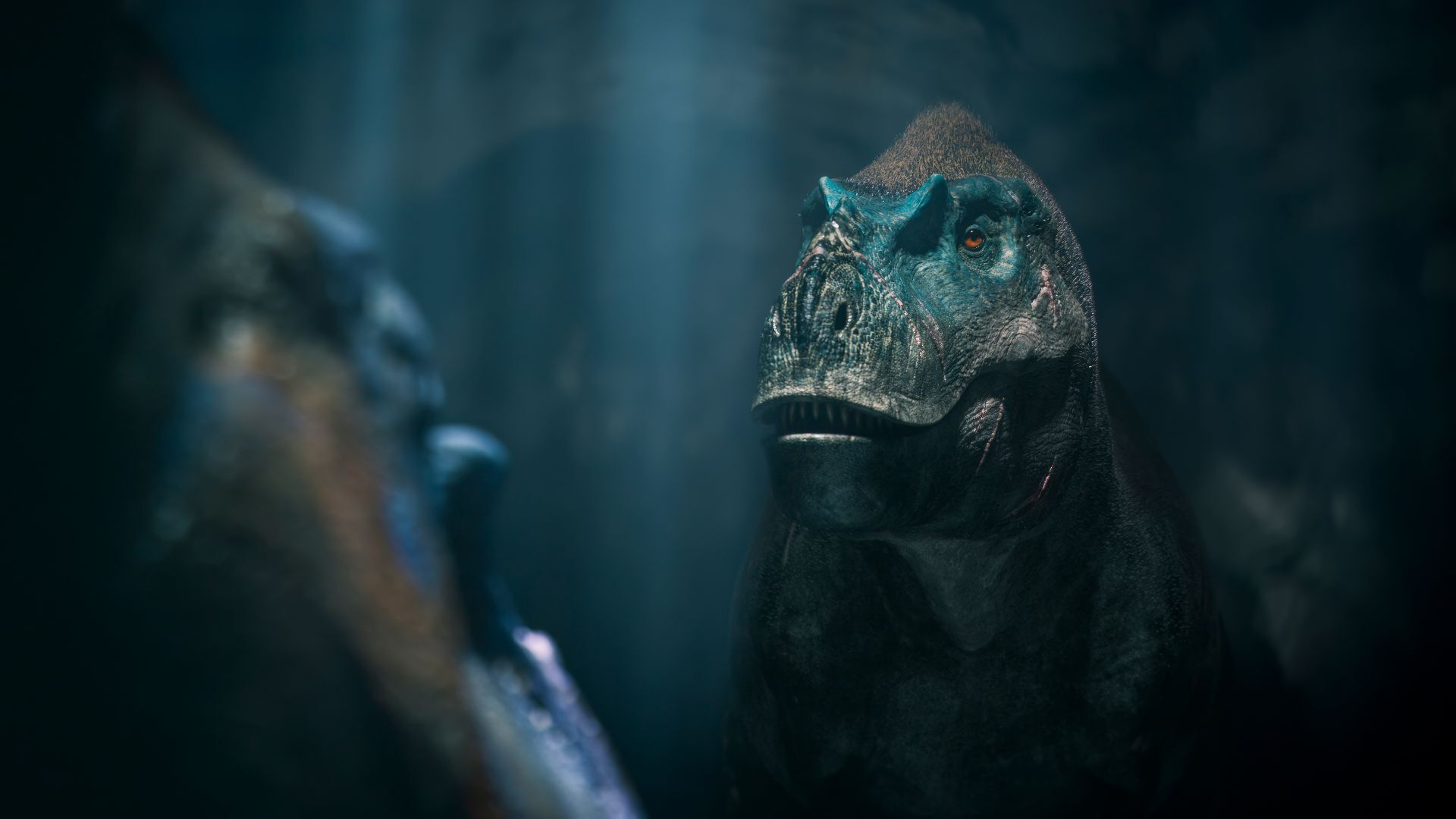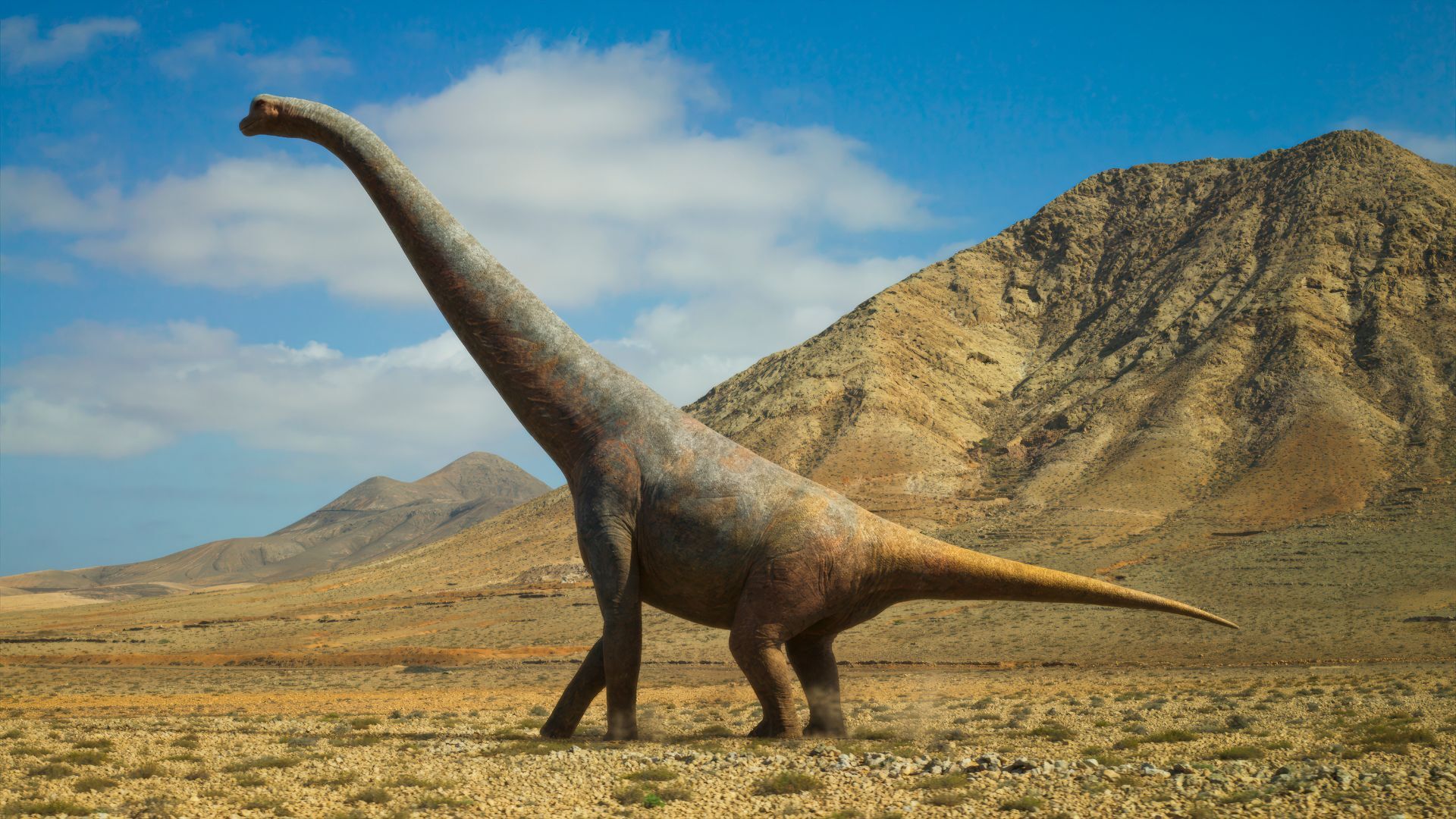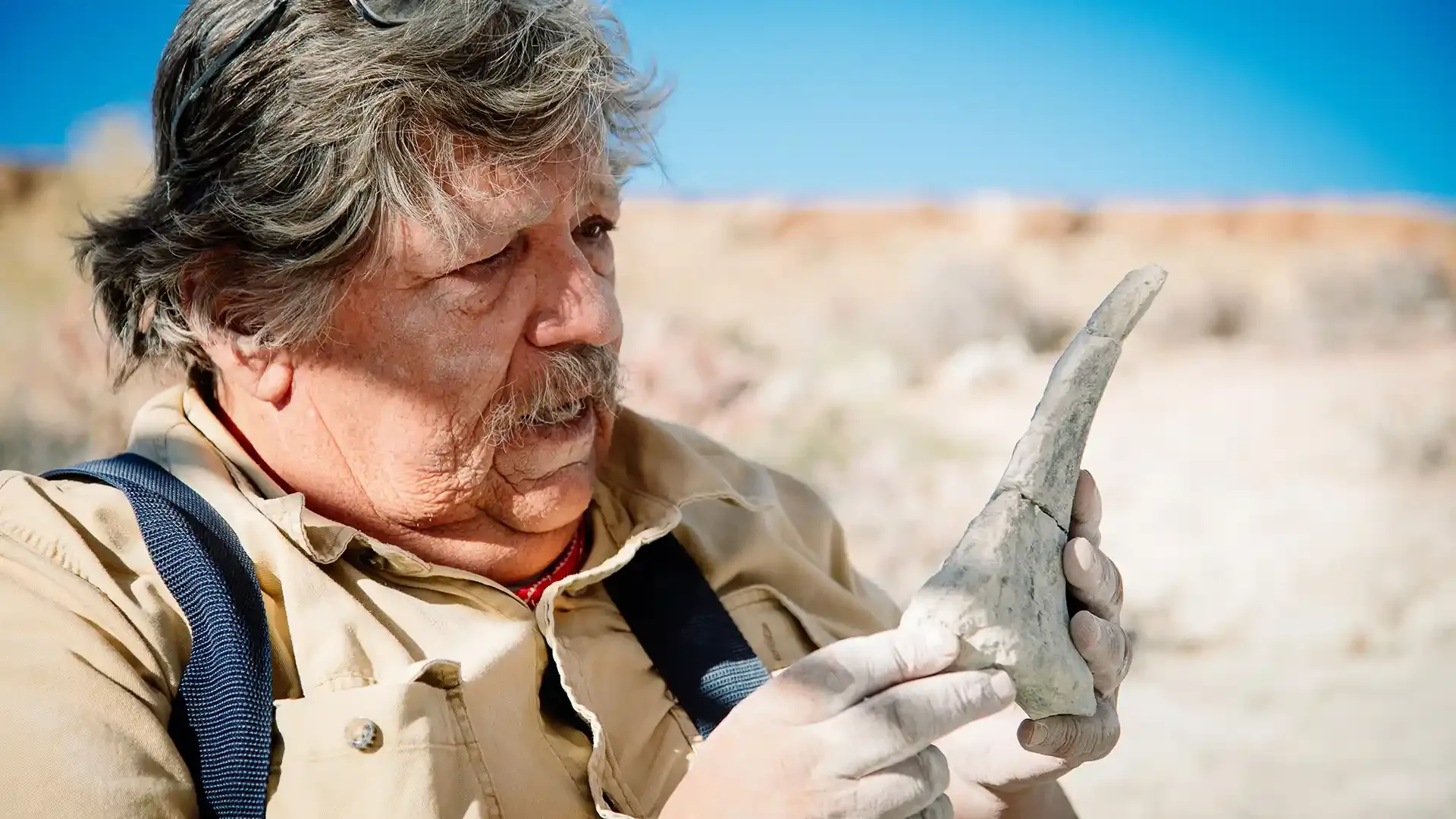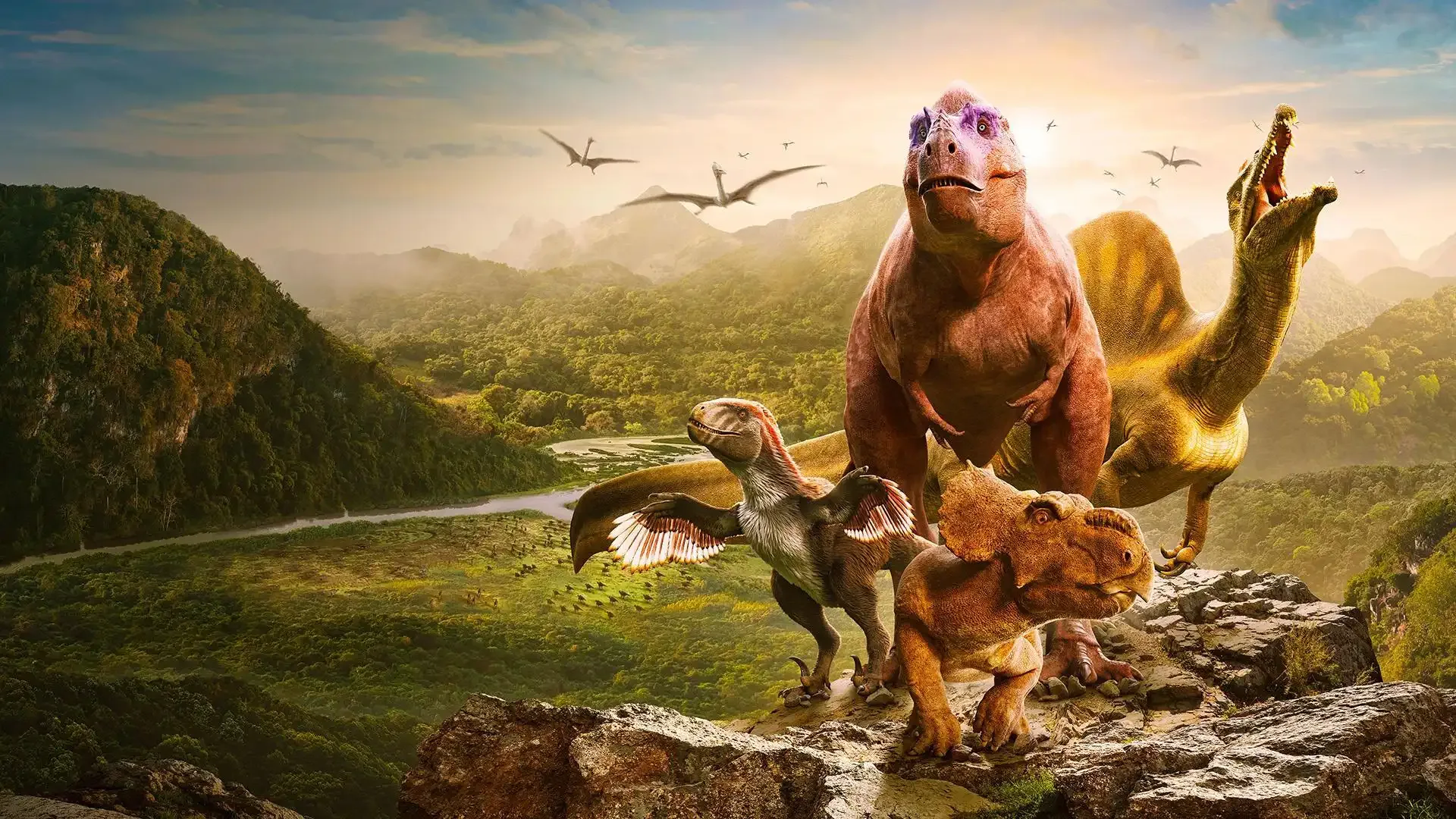We know dinosaurs were big, but how big were they? And how do we even know?
Luckily, paleontologists and other scientists know how to find the answers. By measuring fossils, comparing them to the bones of living animal species and doing a whole lot of math, experts can develop theories about dino heights and lengths.
But what do these numbers even mean? Are you taller than Gastonia? Would Lusotitan fit inside your house? Could you high-five Albertosaurus?
These questions might seem impossible — but they’re not.
In “Walking with Dinosaurs” on PBS, you’ll get to witness this science in action. Get ready to see how your favorite species stack up — and keep this dinosaur size comparison handy as you watch the show!
Dino Size: How Do Species Compare?
It’s tricky to imagine the size of an animal you’ve never seen in real life. Even the long neck of a giraffe could be difficult to picture if you haven’t visited one in a zoo.
But dinosaurs are even more of a mystery because we don’t have all the information. Things like bones, teeth and claws may become fossils — but a feather or muscle might not. That means even paleontologists can only guess at the overall shape of our favorite prehistoric giants, including height and length.
The good news is that researchers can compare fossils from different species to help us get a better idea of how they may have looked. Here’s how the six dinosaurs from “Walking with Dinosaurs” stack up:
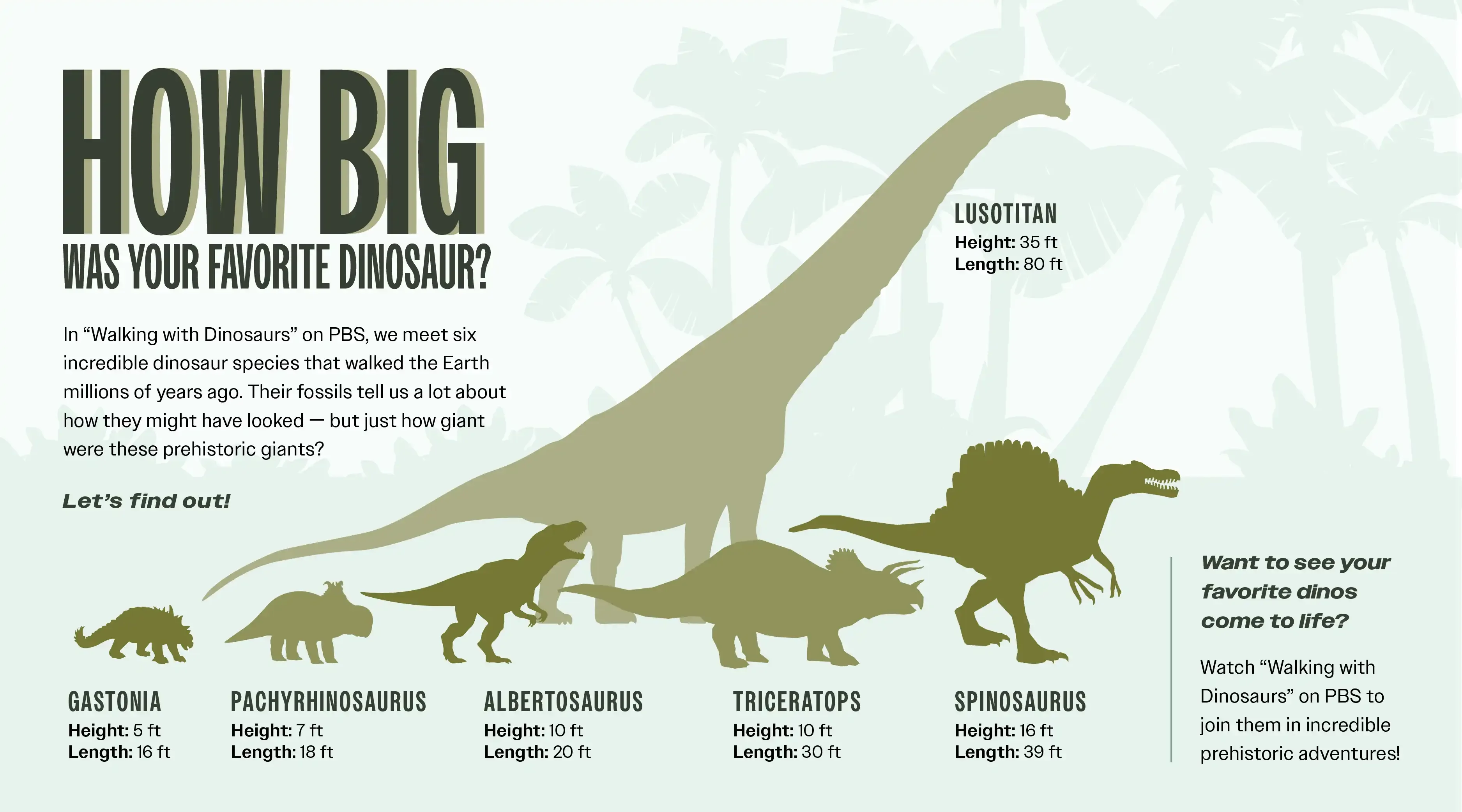
- Albertosaurus
- Height: 10 ft
- Length: 20 ft
- Pachyrhinosaurus
- Height: 7 ft
- Length: 18 ft
- Lusotitan
- Height: 35 ft
- Length: 80 ft
- Triceratops
- Height: 10 ft
- Length: 30 ft
- Spinosaurus
- Height: 16 ft
- Length: 39 ft
- Gastonia
- Height: 5 ft
- Length: 16 ft
That’s a wide range of dinosaur sizes — but these visuals are based on creatures that lived millions of years ago. What happens if we bring these ancient reptiles into the age of humans for more familiar comparisons?
Support your local PBS station in our mission to inspire, enrich, and educate.
Albertosaurus
Albertosaurus was as tall as two average humans and as long as an average car.
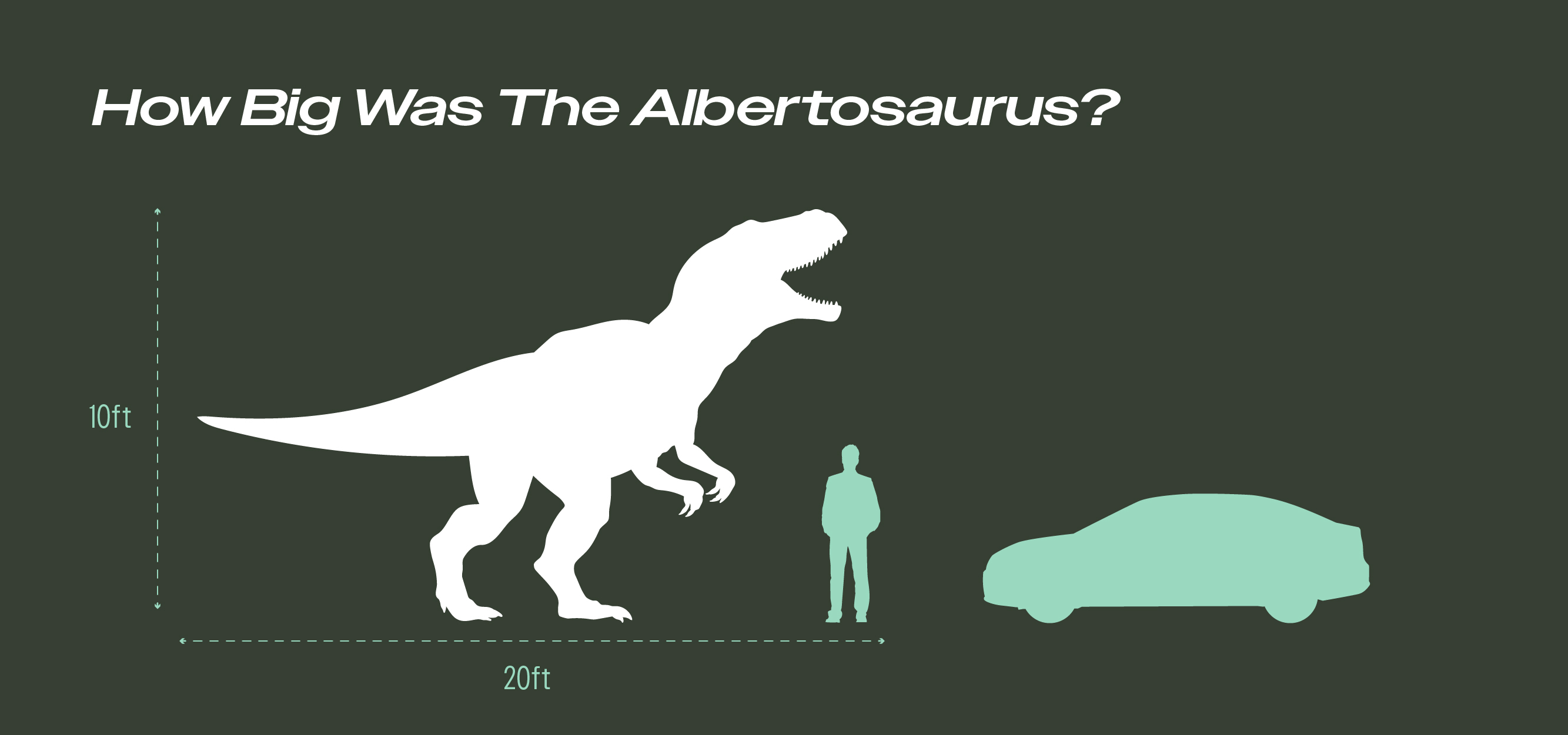
Pachyrhinosaurus
Pachyrhinosaurus was a little taller than the average human, but as long as four average bikes.
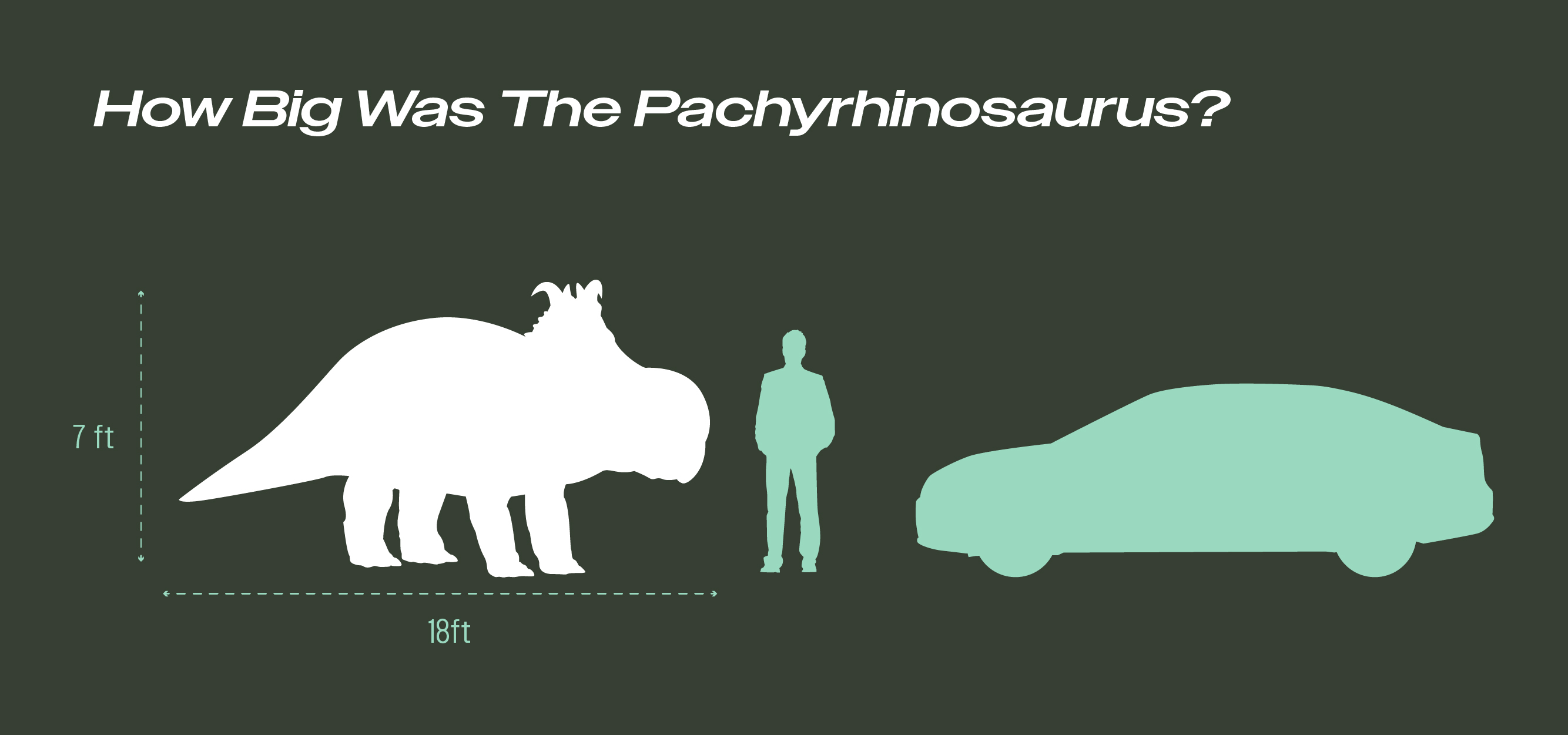
Lusotitan
Lusotitan was as tall as seven average humans and as long as three Orca whales!
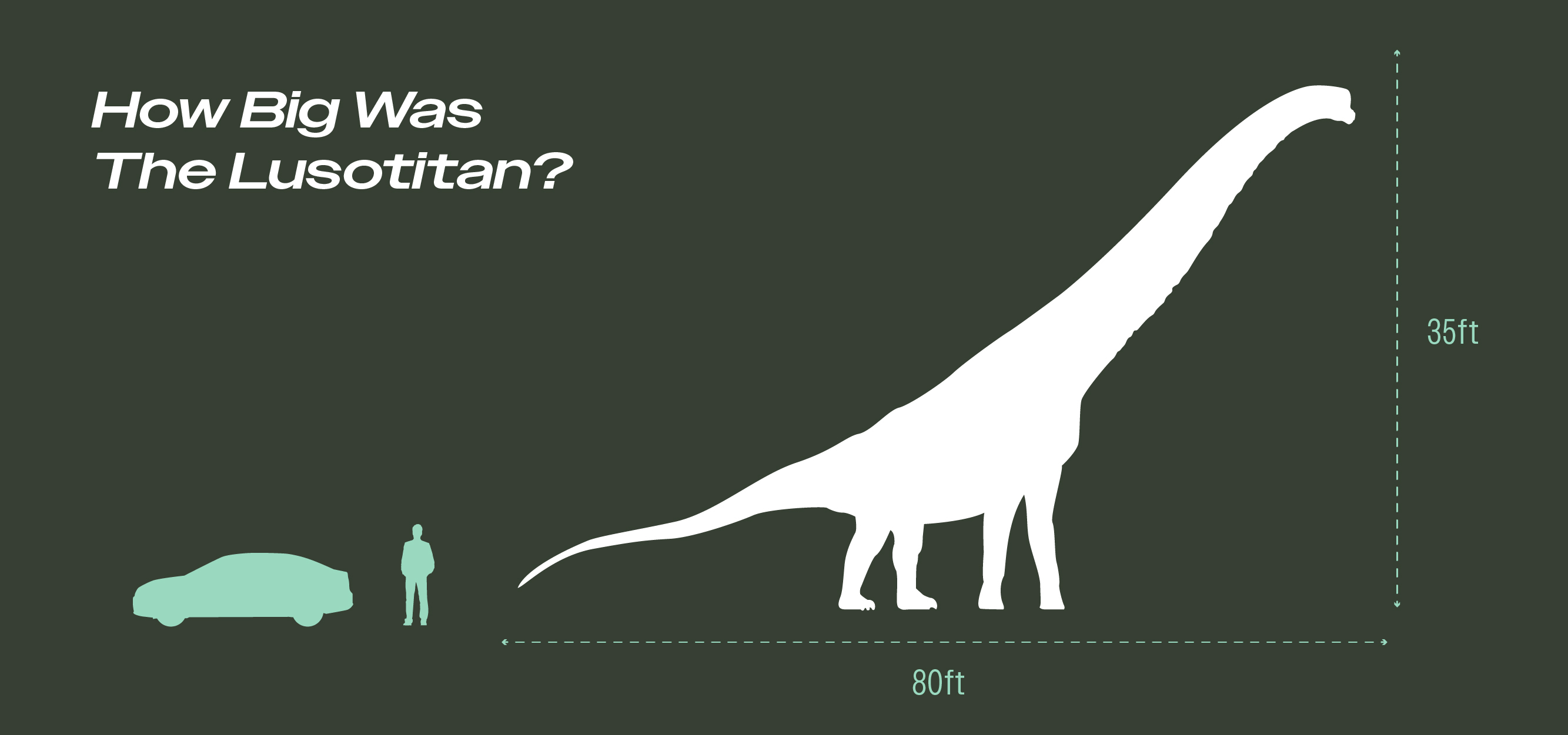
Triceratops
Triceratops was about the height of two average humans and as long as a school bus.
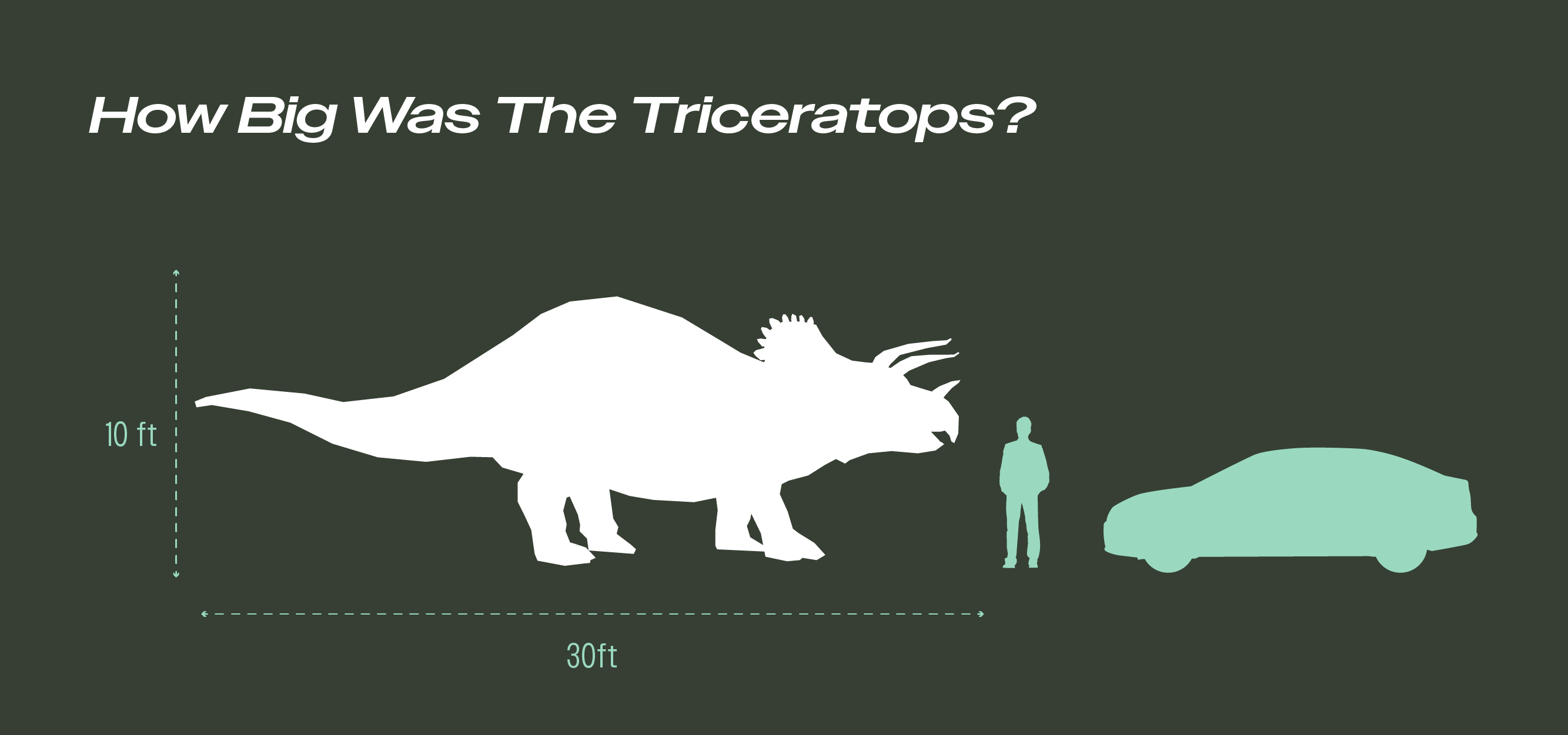
Spinosaurus
Spinosaurus was as tall as three average humans and as long as nine male lions.

Gastonia
Gastonia was only about as tall as one human, but it was as long as two average horses.
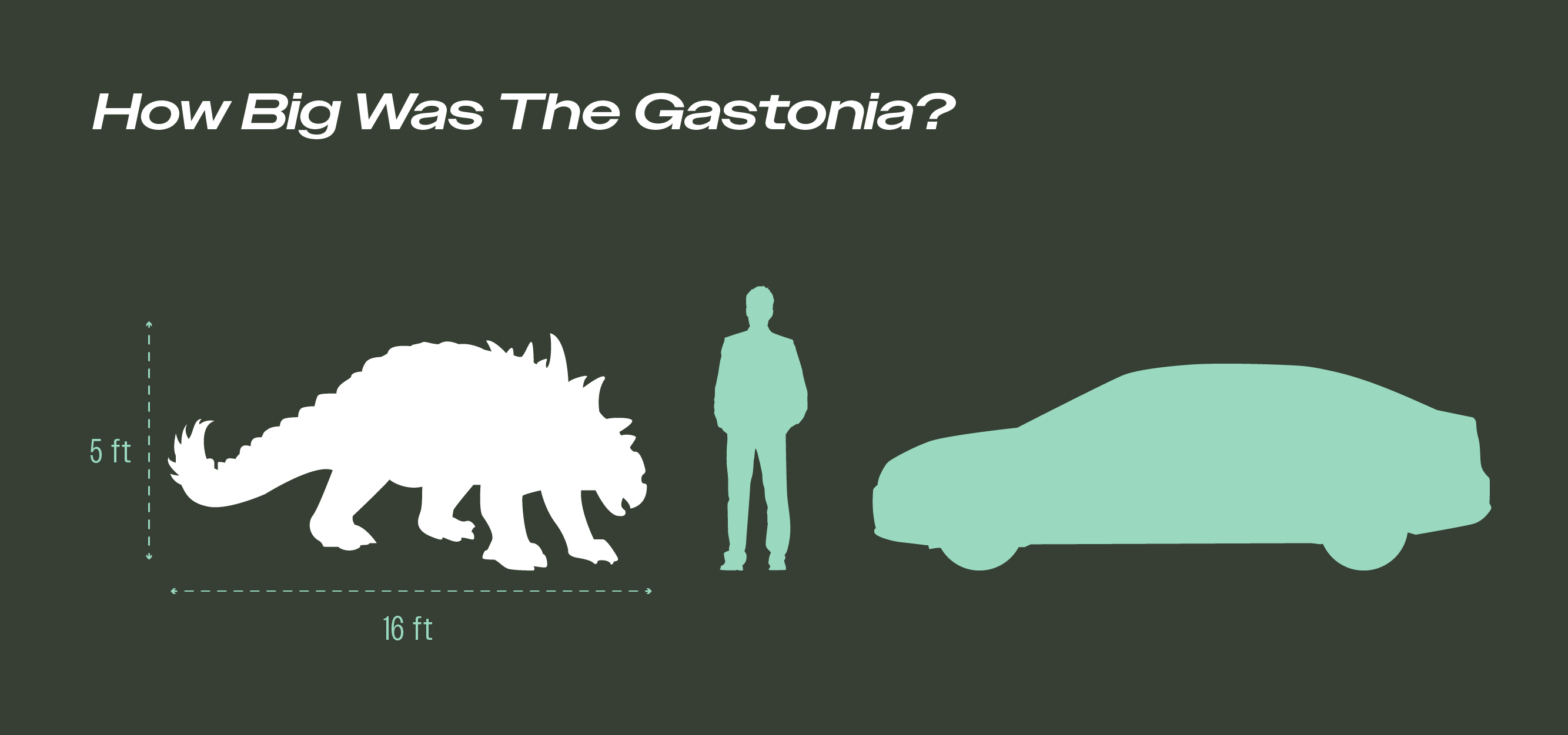

The best of PBS, straight to your inbox.
Be the first to know about what to watch, exclusive previews, and updates from PBS.
Dino Size FAQs
Even experts don’t know everything about dinosaurs yet. But they do know a lot — so let’s take a look at some common dino questions:
How Do Experts Estimate Dinosaur Sizes?
Paleontologists use a variety of methods to form theories about dinosaur sizes. They may start by looking at the size of certain bones, like the legs and skull, to see how the rest of the body might have compared. You’ll see researchers doing this for many of the species in “Walking with Dinosaurs.”
Why Do Dinosaur Sizes Differ?
Just like with living animals, dinosaur sizes might have differed based on numerous factors — what they ate, where they lived, how predators hunted them and more. For example, Lusotitan munched on fresh, needle-like leaves at the tops of conifer trees, which is one reason it might have had that long neck.
Which Dinosaurs Were Human-Sized?
In “Walking with Dinosaurs,” we get to see a few species that were close to human height. Gastonia and Pachyrhinosaurus were the closest, at 5 feet and 7 feet, respectively. Triceratops and Albertosaurus were next at 10 feet, but you’d definitely need a boost to meet these creatures face-to-face — and if you wanted to look Spinosaurus or Lusotitan in the eye, you’d probably need a ladder (or several).
Walk With Your Favorite Dinosaur
As it turns out, many people are taller than Gastonia, Lusotitan definitely wouldn’t fit in your house and you might need a trampoline to high-five Albertosaurus. Thanks to scientists gathering data on legs, skulls and other fossils, we have answers to these questions — but we’re always learning more.
Do you wish you could meet your favorite prehistoric species? Watch “Walking with Dinosaurs” on PBS to see how these giants lived, looked and interacted!
Walking with Dinosaurs
Explore More from Walking with Dinosaurs
